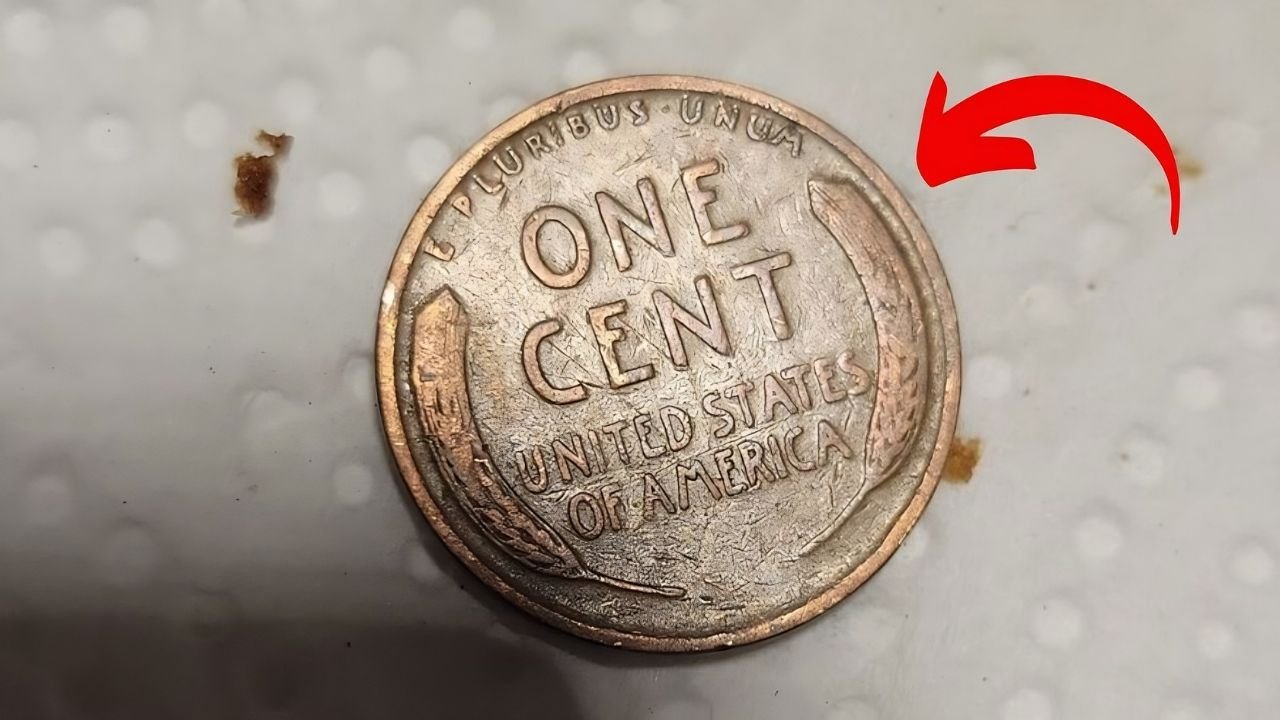For over a century, the humble Lincoln Wheat Penny has been a cornerstone of American coinage and a symbol of the nation’s economic history. First minted in 1909 to honor the 100th anniversary of Abraham Lincoln’s birth, this simple copper coin has become one of the most collectible pieces in U.S. numismatic circles. Yet, among the billions produced, a few rare specimens have reached legendary status—one of which is now at the center of an ongoing treasure hunt: the Lincoln Wheat Penny valued at an astounding $1.9 million.
The Story Behind the Penny
The Lincoln Wheat Penny, designed by Victor David Brenner, was produced from 1909 to 1958. Its iconic obverse features a portrait of President Lincoln, while the reverse showcases two wheat ears framing the words “ONE CENT.” Though most were minted in huge numbers, several rare errors and limited runs have made certain dates extraordinarily valuable.
The coin that has captivated collectors’ imaginations is believed to be a 1943 bronze Lincoln Wheat Penny, a coin that was never supposed to exist. During World War II, copper was critical for ammunition production, prompting the U.S. Mint to switch to zinc-coated steel planchets for pennies. However, a few bronze planchets from 1942 accidentally found their way into the presses in 1943—resulting in one of the most famous minting mistakes in history.
Why It’s Worth $1.9 Million
The rarity of the 1943 bronze penny cannot be overstated. Fewer than 20 authentic examples are known to exist across all U.S. Mint facilities—Philadelphia, Denver, and San Francisco. These coins have fetched astronomical sums at auctions due to their unique origin and extreme scarcity.
One particularly well-preserved example sold for $1.75 million, sparking renewed interest among collectors and casual coin enthusiasts alike. Experts predict that if another specimen in pristine condition were discovered today, it could easily surpass $1.9 million at auction.
How to Spot One in Your Change
The idea that such a coin could still be circulating fuels the public’s fascination. Though chances are slim, stories occasionally surface of people discovering valuable coins in old jars, inherited collections, or dusty drawers.
Here’s what to look for:
- Date: 1943
- Color: A genuine bronze penny will have a reddish-brown hue, unlike the silver-gray appearance of steel cents.
- Magnet Test: Bronze pennies are not magnetic, while the steel versions will stick to a magnet instantly.
- Weight: Bronze pennies weigh about 3.11 grams, compared to the lighter 2.7 grams of steel ones.
The Ongoing Quest
The allure of the $1.9 million Lincoln Wheat Penny lies not just in its value but in its mystery. Many believe there are still undiscovered examples hidden away in private collections or forgotten piggy banks. Coin enthusiasts continue their quest, checking every old penny in hopes of uncovering a piece of history—and possibly a small fortune.
Final Thoughts
Whether or not another $1.9 million Lincoln Wheat Penny is ever found, the excitement surrounding it reminds us that even the smallest pieces of history can hold immense worth. For collectors, treasure hunters, and everyday dreamers alike, the pursuit of this legendary coin continues—a timeless reminder that sometimes, true wealth is just a penny away.
FAQ: The Quest for the $1.9 Million Lincoln Wheat Penny
Q1: Why is the 1943 Lincoln Wheat Penny so valuable?
A: It’s valuable because a few were mistakenly struck in bronze instead of steel during World War II. These minting errors are extremely rare, making them worth millions today.
Q2: How many 1943 bronze pennies are known to exist?
A: Fewer than 20 genuine examples have been confirmed by experts, spread across the Philadelphia, Denver, and San Francisco mints.
Q3: How can I tell if I have a 1943 bronze penny?
A: Check the color—real bronze has a reddish tone, not silver. Use a magnet (it shouldn’t stick) and weigh it—authentic bronze coins weigh about 3.11 grams.
Q4: Are there fake 1943 bronze pennies?
A: Yes, many counterfeits exist. Some are steel pennies coated with copper or altered dates. Always have your coin authenticated by a professional grading service.
Q5: Can I still find one in circulation?
A: It’s extremely unlikely, but not impossible. Some discoveries have been made from old coin collections or forgotten piggy banks.
Q6: What’s the highest amount paid for one?
A: A genuine 1943 bronze Lincoln penny once sold for around $1.75 million, and experts believe another pristine example could fetch $1.9 million or more today.






